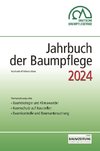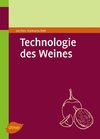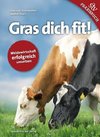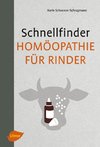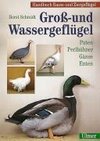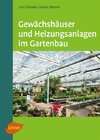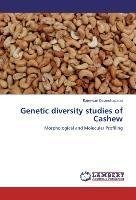
-
 Anglický jazyk
Anglický jazyk
Genetic diversity studies of Cashew
Autor: Rajeswari Dasmohapatra
The 'Gold mine in waste land', the cashew (Anacardium occidentale L.) is an important nut crop grown commercially in tropical areas. India is the largest producer, processor and consumer of cashew in the world. In India it is grown on a large area but the... Viac o knihe
Na objednávku
60.12 €
bežná cena: 66.80 €
O knihe
The 'Gold mine in waste land', the cashew (Anacardium occidentale L.) is an important nut crop grown commercially in tropical areas. India is the largest producer, processor and consumer of cashew in the world. In India it is grown on a large area but the productivity is low. To improve the productivity of the nuts there is need to select desirable genotypes from the existing gene pool and use superior materials for tree improvement programme. Breeding of cashew is mostly based on selection of useful phenotypic and agronomic traits. Morphological characters as a powerful tool in the classification of cultivars continue to be the first step in the studies of genetic relationships in most breeding programmes. Morphological characters, which are tend to be influenced by environmental factors, an evaluation with a reliable method like molecular markers would be useful. PCR based markers have been used for identification, diversity analysis, mapping population of cashew genotypes. The present study is therefore, aimed to estimate the phylogenetic analysis among the different varieties of India using the phenotypic attributes coupled with molecular markers.
- Vydavateľstvo: LAP LAMBERT Academic Publishing
- Rok vydania: 2013
- Formát: Paperback
- Rozmer: 220 x 150 mm
- Jazyk: Anglický jazyk
- ISBN: 9783659444319
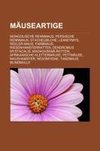
 Nemecký jazyk
Nemecký jazyk 
